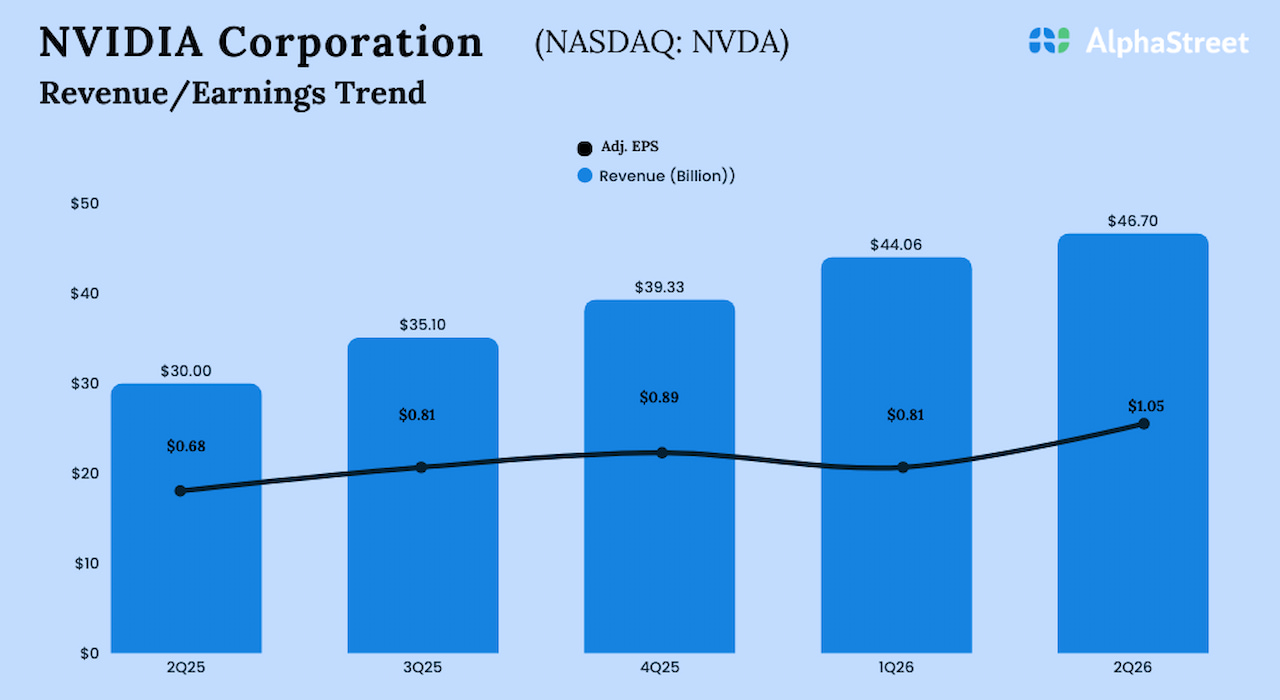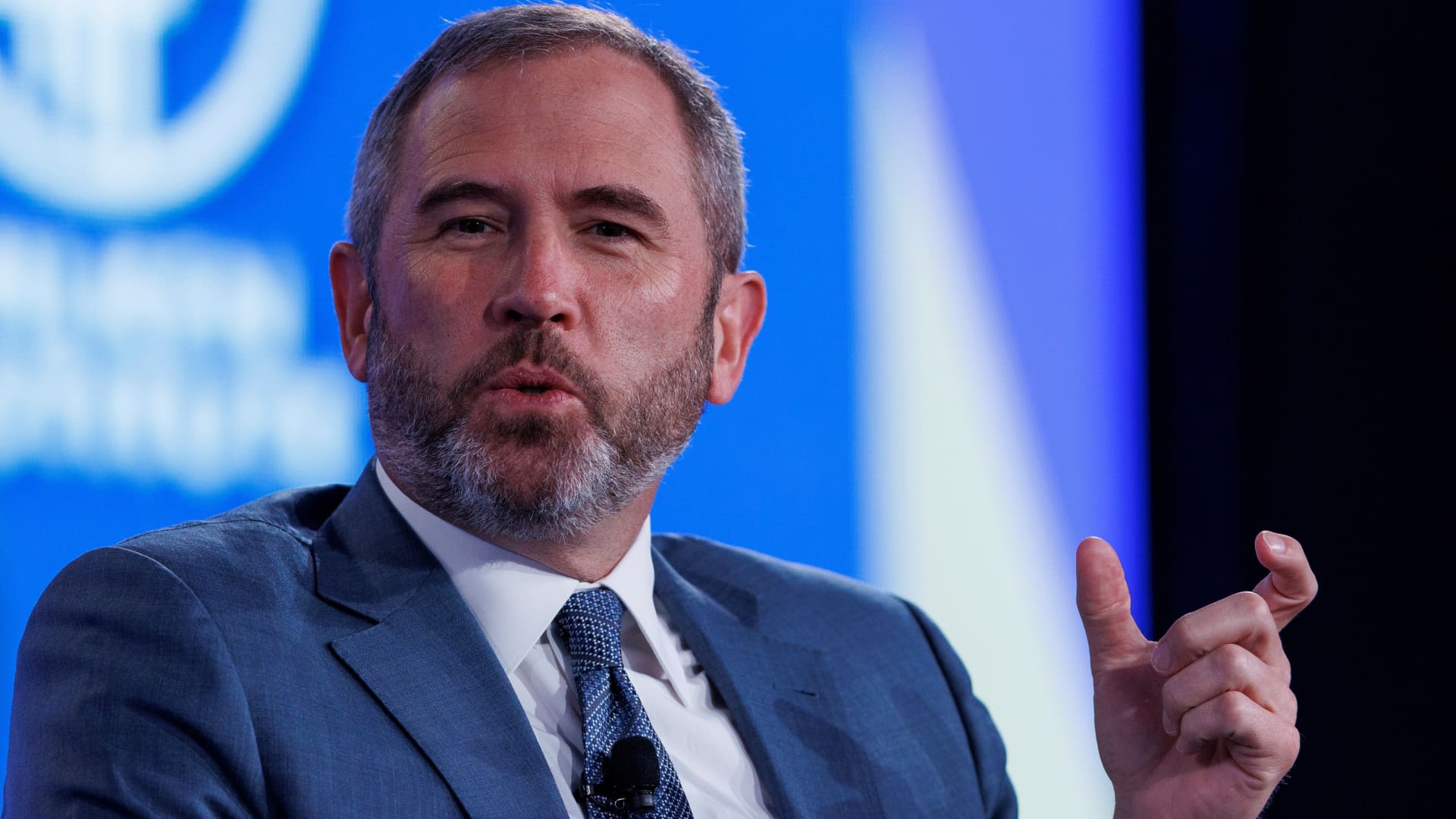Workers compensation insurance provides for the cost of medical care, rehabilitation, and wage replacement for injured workers and death benefits for the dependents of persons killed in work-related accidents. In recent years, it has been the most profitable property/casualty line of business, having experienced its sixth consecutive year of combined ratios under 90 and its ninth straight year of underwriting gains.
Combined ratio represents the difference between claims and expenses paid and premiums collected by insurers. A combined ratio below 100 represents an underwriting profit, and one above 100 represents a loss.
While the broader industry has suffered due to replacement cost trends, the most recent Triple-I Issues Brief shows how workers compensation has benefited from a generally strong economy and, in particular, strong growth in payrolls. Private employment surpassed its pre-pandemic level early in 2022, according to the U.S. Department of Labor’s Bureau of Labor Statistics, and employment growth remains faster than pre-pandemic norms. The past two years have seen payroll growth at rates of approximately 10 percent.
“Even if the current tight labor market begins to relax,” the brief says, “the forces driving payroll growth – particularly an aging work force and reduced immigration – will likely keep upward pressure on payrolls.”
While current trends bode well for workers comp, the industry needs to recognize and be responsive to emerging issues that may affect the line going forward. The impact of the pandemic – suddenly prompting more generalized acceptance of remote work and introducing a new issue in the form of “long COVID” – is one example, but it is hardly the only one.
“In 2016, there were 14 mental-injury bills considered in state legislatures,” said Bill Donnell, president and CEO of the National Council on Compensation Insurance. “In 2023, year to date, there have been more than 75.”
These measures – aimed at addressing issues as diverse as post-traumatic care for firefighters and impacts of workplace violence on employees – illustrate how stakeholder expectations continuously shift.







































